Home>Articles>How To Store Rice Long-Term Without Mylar Bags
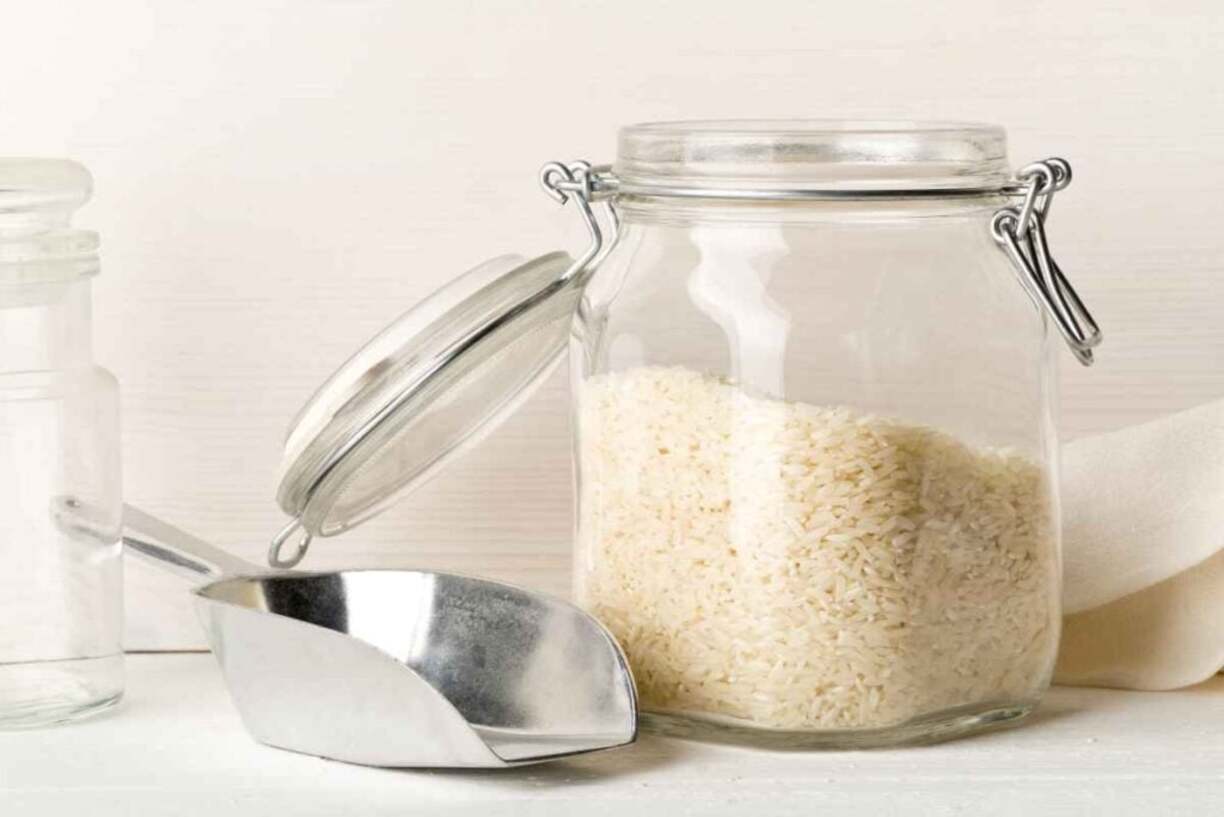

Articles
How To Store Rice Long-Term Without Mylar Bags
Modified: August 27, 2024
Looking for alternative methods to store rice long-term without Mylar bags? Check out our informative articles on different storage options and techniques.
(Many of the links in this article redirect to a specific reviewed product. Your purchase of these products through affiliate links helps to generate commission for Storables.com, at no extra cost. Learn more)
Introduction
Rice is a staple food for millions of people around the world. It is a versatile grain that can be used in a variety of dishes, making it an essential item to have in your pantry. However, storing rice long-term can be a challenge, especially if you don’t have access to mylar bags, which are commonly used for preserving food.
Fortunately, there are alternative methods that can help you store rice for an extended period without the need for mylar bags. In this article, we will explore these methods and provide you with tips on how to maintain the quality of your rice during long-term storage.
Before we dive into the different storage techniques, it’s important to understand the factors that affect the shelf life of rice. This will help you determine how long your rice can safely be stored.
Key Takeaways:
- Proper storage conditions, such as maintaining low humidity and using airtight containers, are essential for extending the shelf life of rice without mylar bags. Understanding the factors that affect rice shelf life is crucial for effective long-term storage.
- Alternative methods, including food-grade buckets with oxygen absorbers, vacuum sealing, and glass jars, offer viable options for long-term rice storage. Regularly rotating stored rice supplies and inspecting for spoilage or pest infestation are key to maintaining rice quality.
Read more: How To Store Seeds Long Term In Mylar Bags
Determining the Shelf Life of Rice
When it comes to storing rice long-term, it is essential to understand the factors that can affect its shelf life. By considering these factors, you can ensure that your rice remains fresh and edible for an extended period. Let’s take a closer look:
Factors Affecting Rice Shelf Life
1. Moisture Content: Rice should be stored in a dry environment to prevent moisture absorption, which can lead to spoilage and create a breeding ground for mold and bacteria.
2. Temperature: Rice should be kept in a cool place to slow down the natural aging process. High temperatures can accelerate the breakdown of rice and reduce its shelf life.
3. Exposure to Oxygen: Exposure to oxygen can cause rice to become rancid and lose its nutritional value. It is crucial to limit air exposure during storage to maintain quality.
4. Pest Infestation: Insects, rodents, and other pests are attracted to rice. They can contaminate the grain and cause significant damage if not properly controlled.
Understanding Rice Varieties and Their Shelf Life Expectancy
Not all rice varieties have the same shelf life. Some varieties, such as white rice, have a longer shelf life compared to brown rice due to differences in processing and oil content. Here is a general guideline for the shelf life of different rice varieties:
- White Rice: White rice can typically be stored for 4 to 5 years in proper conditions.
- Brown Rice: Brown rice has a shorter shelf life than white rice due to the presence of the bran and germ, which contain natural oils that can turn rancid over time. It is recommended to consume brown rice within 6 to 12 months.
- Wild Rice: Wild rice has a similar shelf life to white rice, lasting about 4 to 5 years.
It’s important to note that these are general guidelines, and the shelf life of rice can vary depending on storage conditions and other factors. Now that we have a better understanding of the factors that affect rice shelf life, let’s explore the proper storage conditions for long-term rice storage.
Proper Storage Conditions for Long-Term Rice Storage
To ensure that your rice remains fresh and edible for an extended period, it is crucial to store it under the right conditions. Here are some key considerations for long-term rice storage:
Read more: How To Store Mylar Bags
Temperature and Humidity Considerations
Rice should be stored in a cool and dry environment. The ideal temperature for rice storage is between 50°F (10°C) and 70°F (21°C). Higher temperatures can speed up the breakdown of rice, while lower temperatures may cause moisture to accumulate and lead to spoilage. Additionally, it’s important to maintain a humidity level of around 15% to 20% to prevent moisture absorption and the growth of mold.
Importance of Sunlight and Air Exposure
Exposure to sunlight can cause rice to deteriorate quickly and lose its nutritional value. Therefore, it is crucial to store rice in a dark and opaque container to block out any light. Additionally, rice should be protected from excessive air exposure. Oxygen can cause rice to become rancid and result in quality deterioration. Sealing the rice in airtight containers or bags is recommended to minimize air exposure.
Pest Control Methods
Pests, such as insects or rodents, can infest and contaminate stored rice. To prevent pest infestation, it is important to take the following measures:
- Inspect incoming rice for signs of pests and eliminate any contaminated grains.
- Store rice in sturdy, airtight containers that pests cannot penetrate.
- Consider using pest repellents, such as bay leaves or diatomaceous earth, in the storage area to deter insects.
- Regularly check for signs of pest activity, such as small holes or droppings, and take appropriate action if necessary.
By ensuring the right storage conditions and implementing effective pest control methods, you can prolong the shelf life of your rice and maintain its quality over an extended period of time. In the next section, we will explore alternative methods for long-term rice storage without the use of mylar bags.
Alternative Methods for Long-Term Rice Storage without Mylar Bags
If you don’t have access to mylar bags or prefer alternative methods for long-term rice storage, there are several options available. Let’s explore a few of them:
Read more: How To Store Pasta In Mylar Bags
Using Food-Grade Buckets and Oxygen Absorbers
Food-grade buckets with airtight lids can be an excellent alternative to mylar bags. Make sure the buckets are clean and free from any contaminants. Place the rice in the buckets and add oxygen absorbers. Oxygen absorbers help remove oxygen from the container, extending the shelf life of the rice by preventing oxidation. Seal the buckets tightly, ensuring there are no air leaks. Store the buckets in a cool, dry place away from sunlight and fluctuating temperatures.
Vacuum Sealing Rice for Extended Storage
Vacuum sealing is another effective method for long-term rice storage. Use a vacuum sealer to remove the air from the packaging. Place the rice in vacuum-sealed bags and ensure they are properly sealed to minimize air exposure. Vacuum-sealed bags protect the rice from moisture, pests, and oxidation. Store the sealed bags in a dark, cool location to maintain the quality of the rice for an extended period.
Utilizing Glass Jars for Rice Storage
Glass jars can also be used for long-term rice storage. Select clean, dry, and airtight glass jars with tight-fitting lids. Fill the jars with rice, leaving some headspace at the top. Place an oxygen absorber inside each jar before sealing it tightly. Glass jars provide excellent protection against pests and light exposure. Store the jars in a cool, dark cupboard or pantry away from direct sunlight.
When employing these alternative methods for long-term rice storage, it’s important to follow proper storage conditions and consider the shelf life of the rice variety you are storing. Additionally, always label your containers with the date of storage to ensure proper rotation of your rice supplies.
Tips for Maintaining Rice Quality during Long-Term Storage
Proper storage techniques are essential to maintain the quality of rice during long-term storage. Here are some tips to help you keep your rice fresh and free from spoilage:
Read more: How To Store Flour In Mylar Bags
Rotating Stored Rice Supplies
Rotate your stored rice supplies regularly to ensure that older rice is used first. This practice helps prevent rice from sitting in storage for an extended period, reducing the risk of quality deterioration. Use the “first-in, first-out” method by placing newly purchased rice at the back of the storage area and using the older rice in the front.
Checking Rice for Signs of Spoilage or Pest Infestation
Regularly inspect stored rice for any signs of spoilage or pest infestation. Check for strange odors, discoloration, or mold growth, which may indicate that the rice has gone bad. Additionally, look for signs of pest activity, such as droppings or holes in the packaging. If you notice any of these signs, discard the affected rice and take appropriate measures to eliminate pests.
Proper Handling and Storage Techniques
Handle rice with clean hands or utensils to minimize contamination. Avoid using wet or damp hands as moisture can lead to rice spoilage. When transferring rice from one container to another, ensure that both containers are clean and dry. Any moisture or foreign particles can affect the quality and shelf life of the rice.
Store rice in airtight containers or bags to prevent air exposure and protect it from pests. Make sure the containers are sealed tightly to minimize the risk of moisture absorption. Store rice in a cool, dry place away from direct sunlight and extreme temperature fluctuations.
By following these tips, you can maximize the shelf life of your stored rice and ensure that it remains fresh and safe for consumption during long-term storage.
Conclusion
Storing rice long-term without mylar bags is possible with alternative methods and proper storage techniques. By understanding the factors that affect rice shelf life and implementing appropriate storage conditions, you can extend the lifespan of your rice and ensure its quality over time.
Whether you choose to use food-grade buckets with oxygen absorbers, vacuum-sealed bags, or glass jars, the key is to create an airtight and protected environment for your rice. This will help prevent moisture absorption, oxygen exposure, and pest infestation, all of which can lead to spoilage.
Remember to rotate your stored rice supplies and regularly check for any signs of spoilage or pests. Proper handling techniques, such as using clean utensils and ensuring dry storage containers, are also crucial to maintain rice quality.
Storing rice long-term without mylar bags may require a bit of extra effort and attention, but it is well worth it to ensure that you have a steady supply of fresh and nutritious rice on hand.
Now that you have the knowledge and tips for long-term rice storage, you can confidently store your rice and enjoy its goodness whenever you need it.
Frequently Asked Questions about How To Store Rice Long-Term Without Mylar Bags
Was this page helpful?
At Storables.com, we guarantee accurate and reliable information. Our content, validated by Expert Board Contributors, is crafted following stringent Editorial Policies. We're committed to providing you with well-researched, expert-backed insights for all your informational needs.
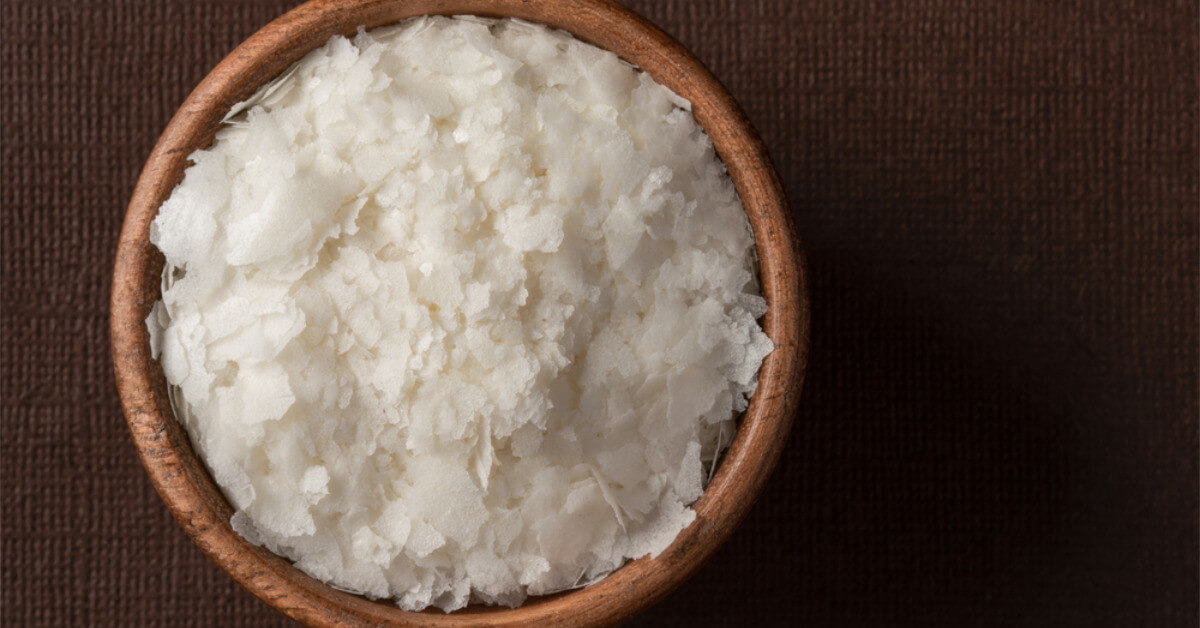
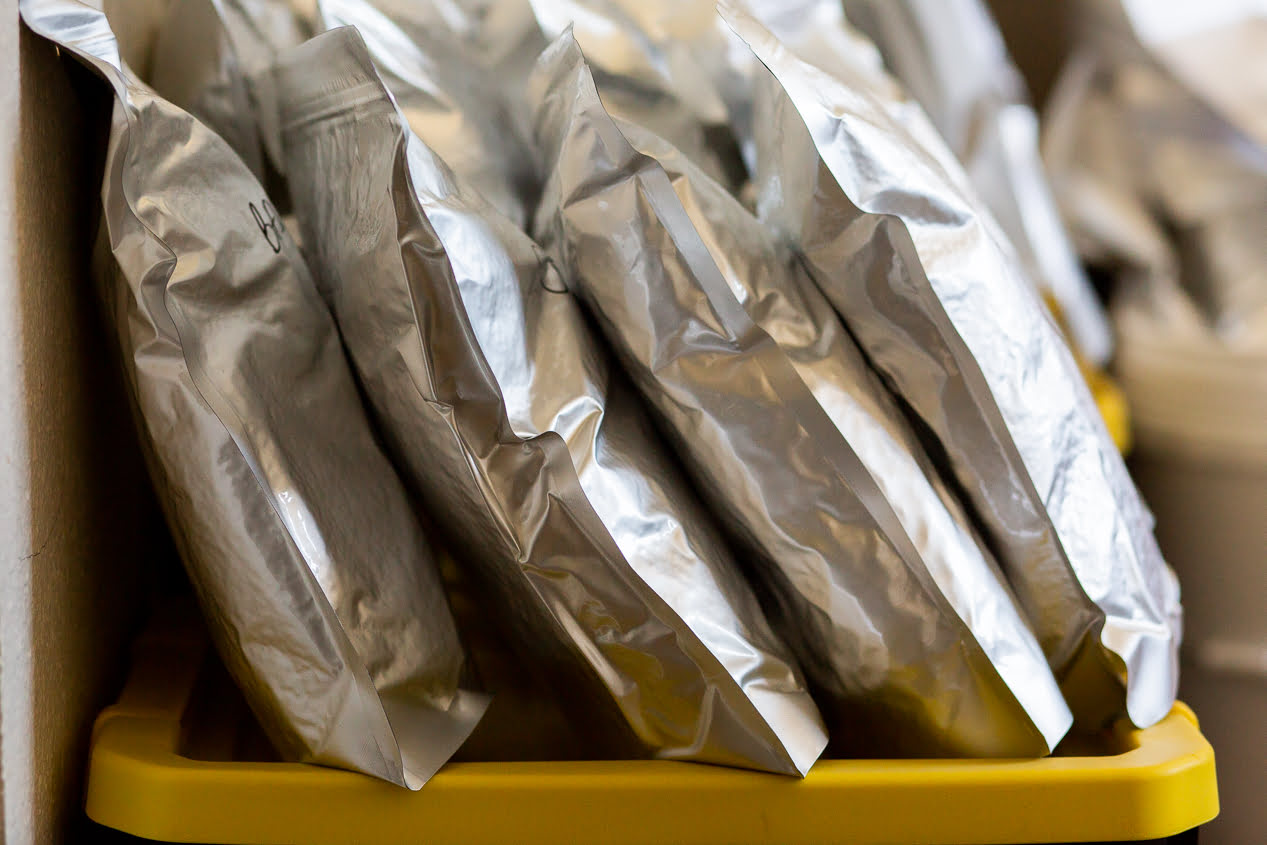
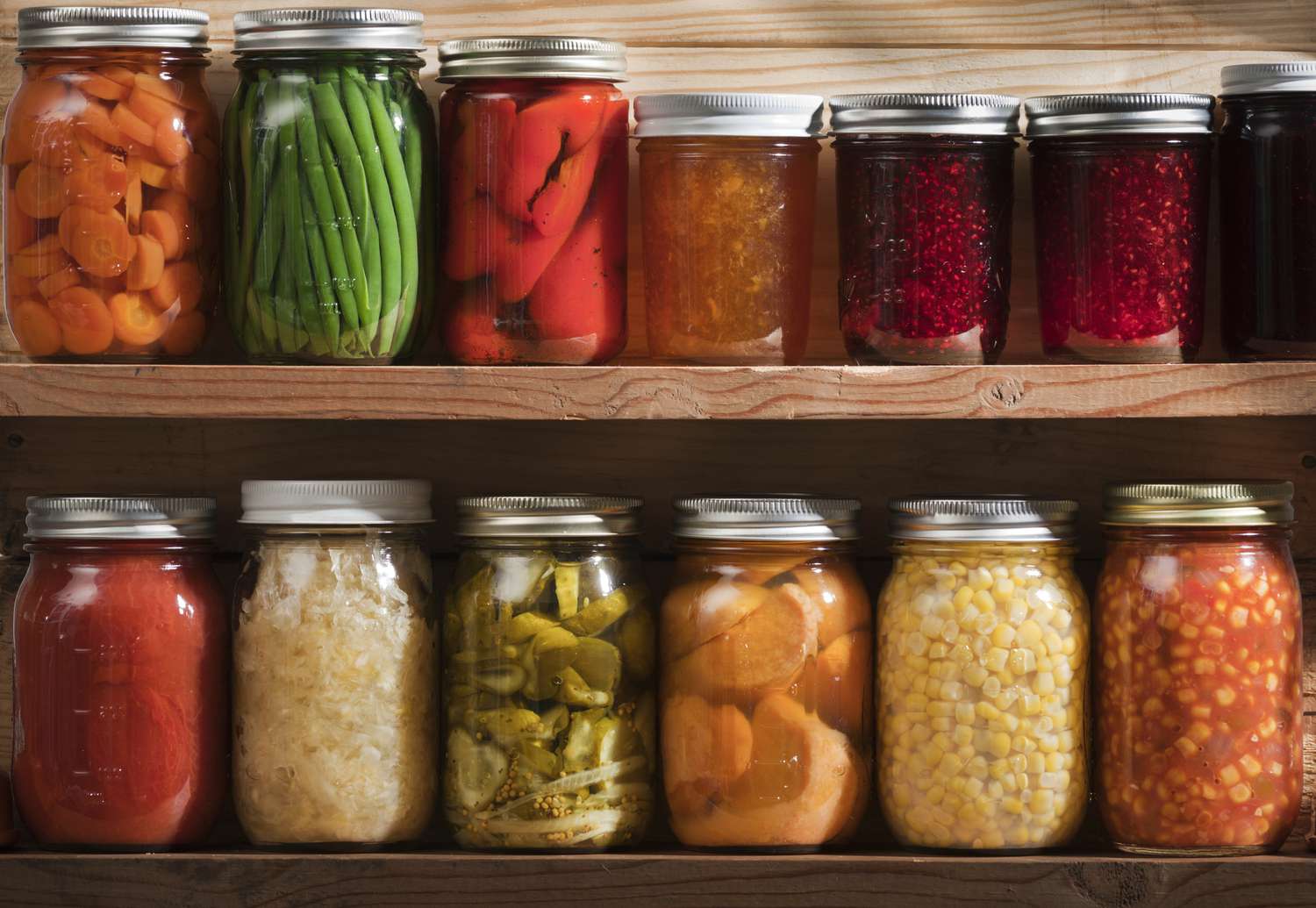
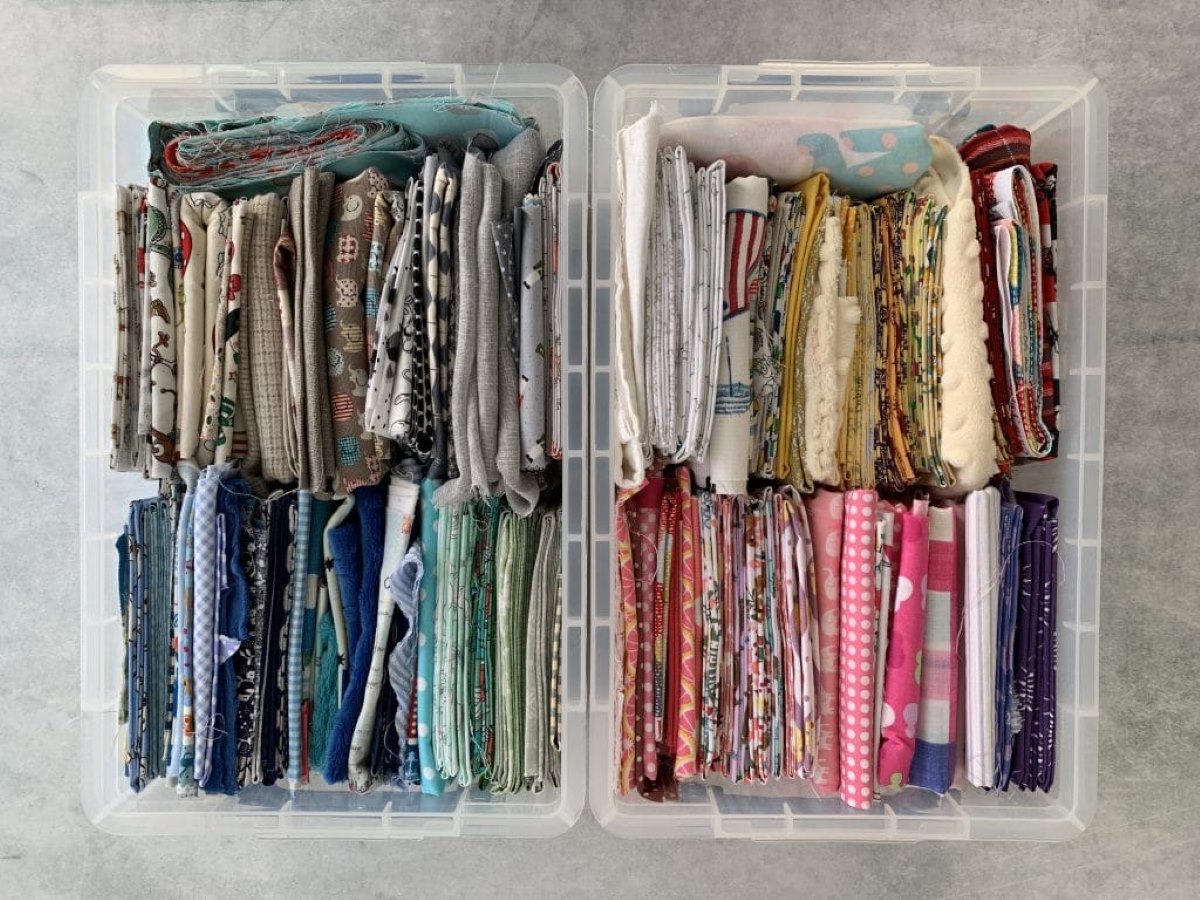
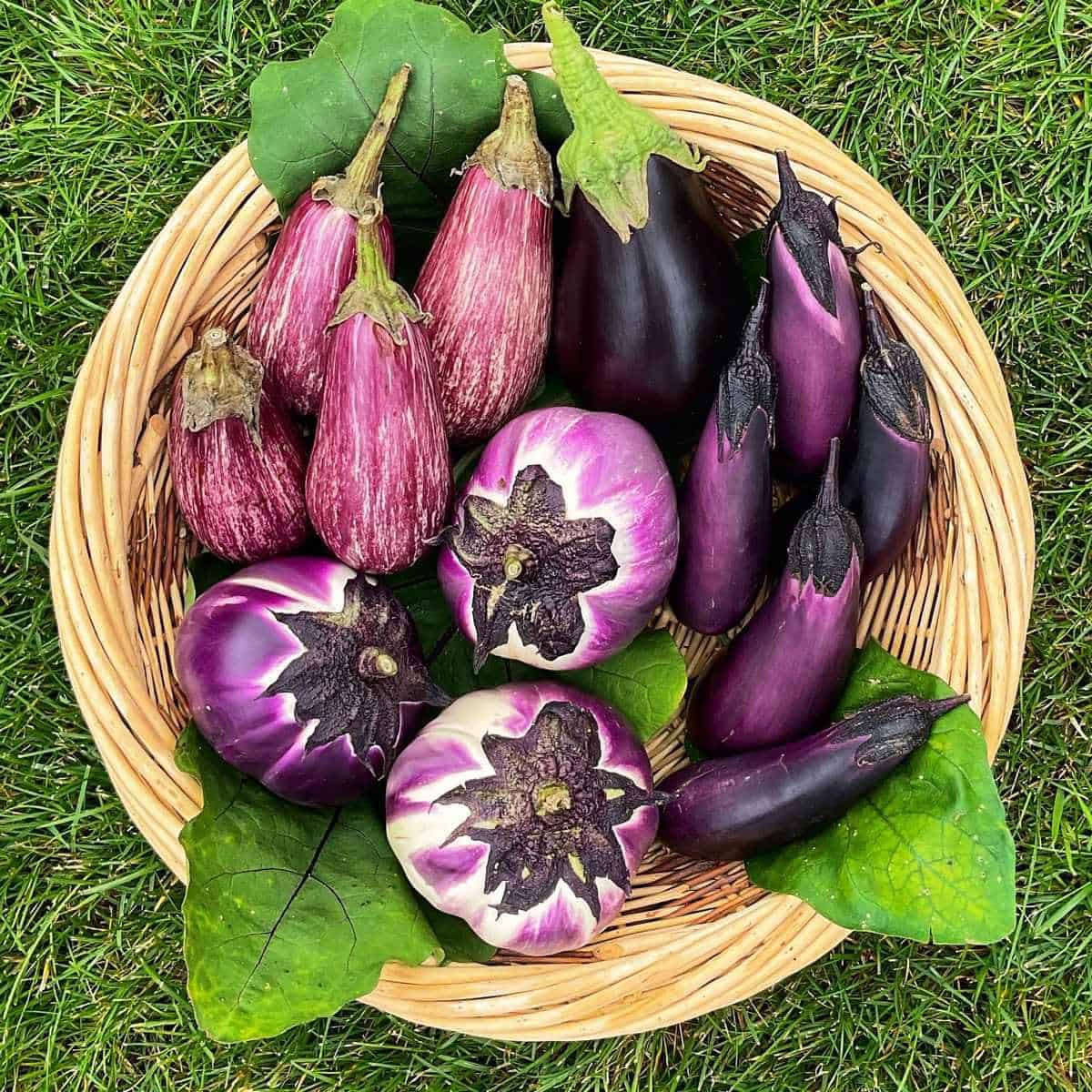



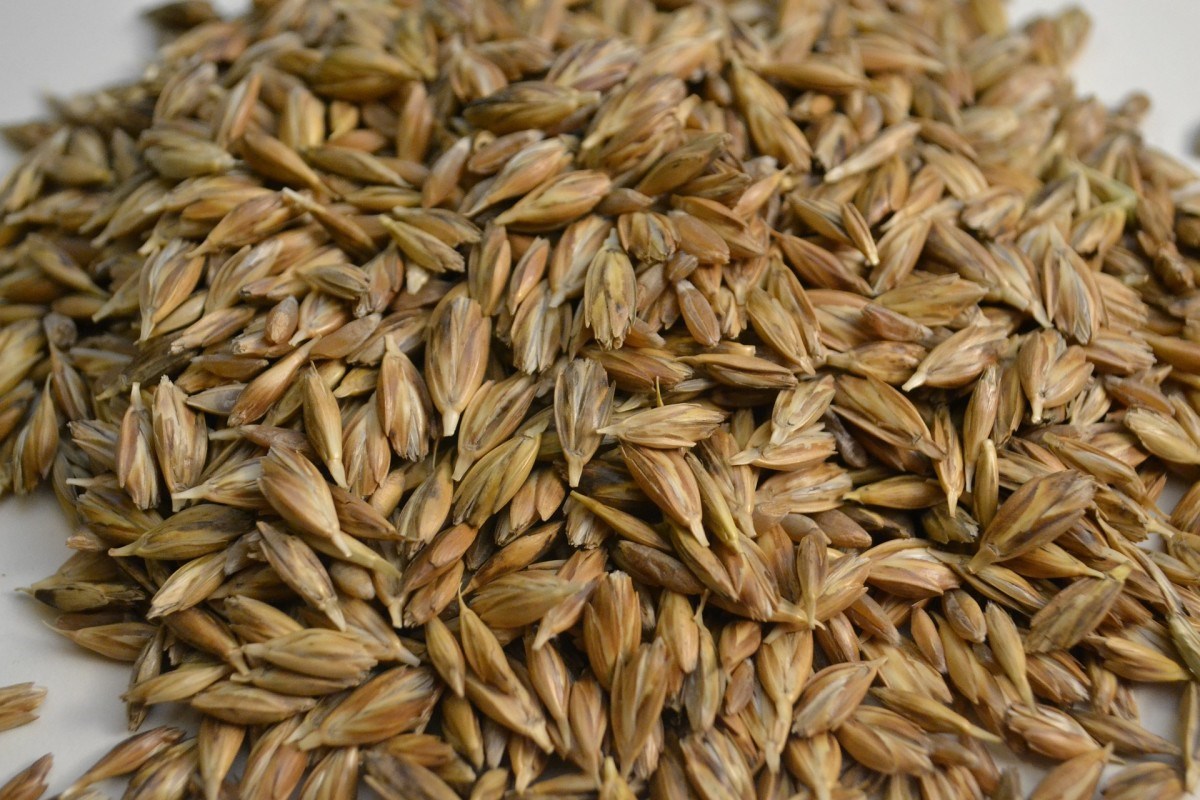




0 thoughts on “How To Store Rice Long-Term Without Mylar Bags”